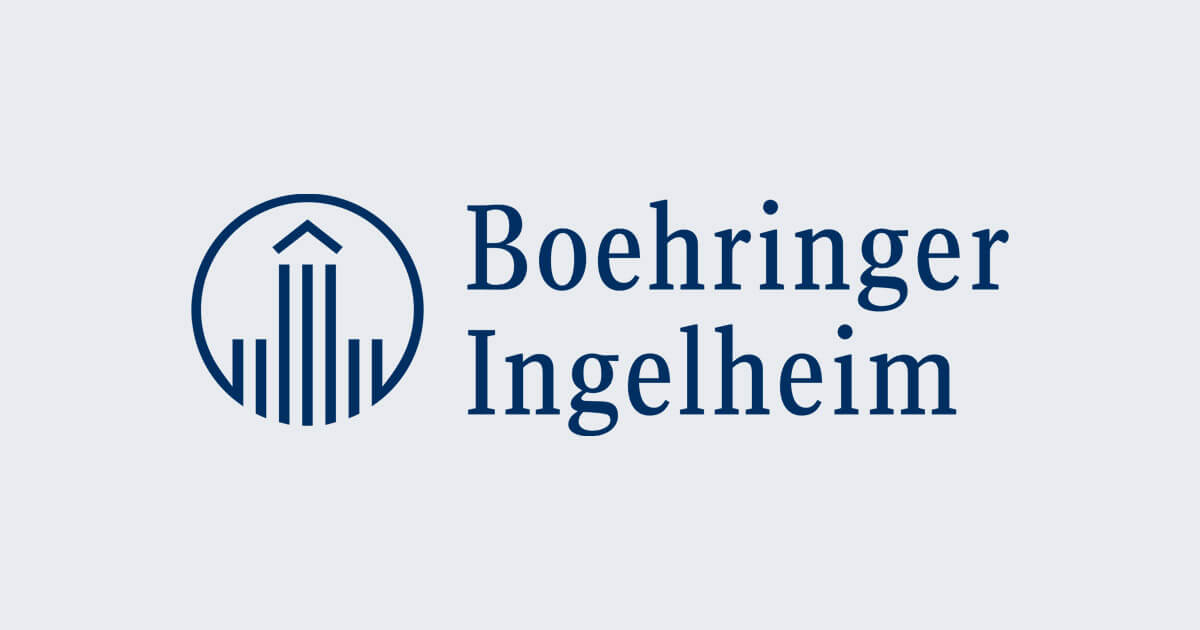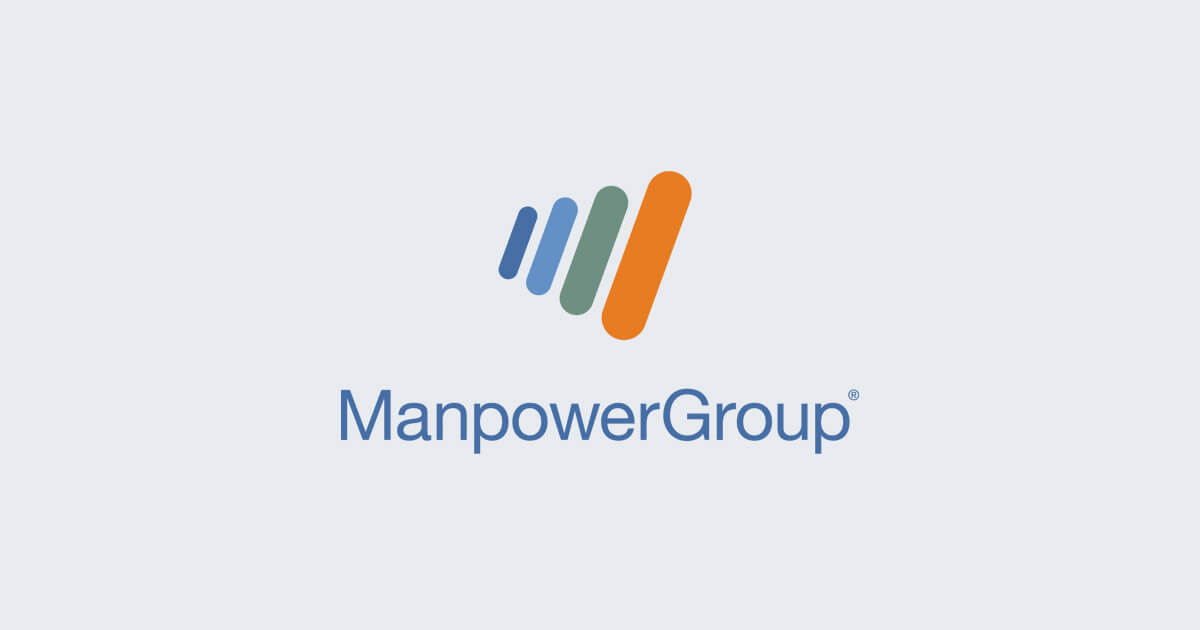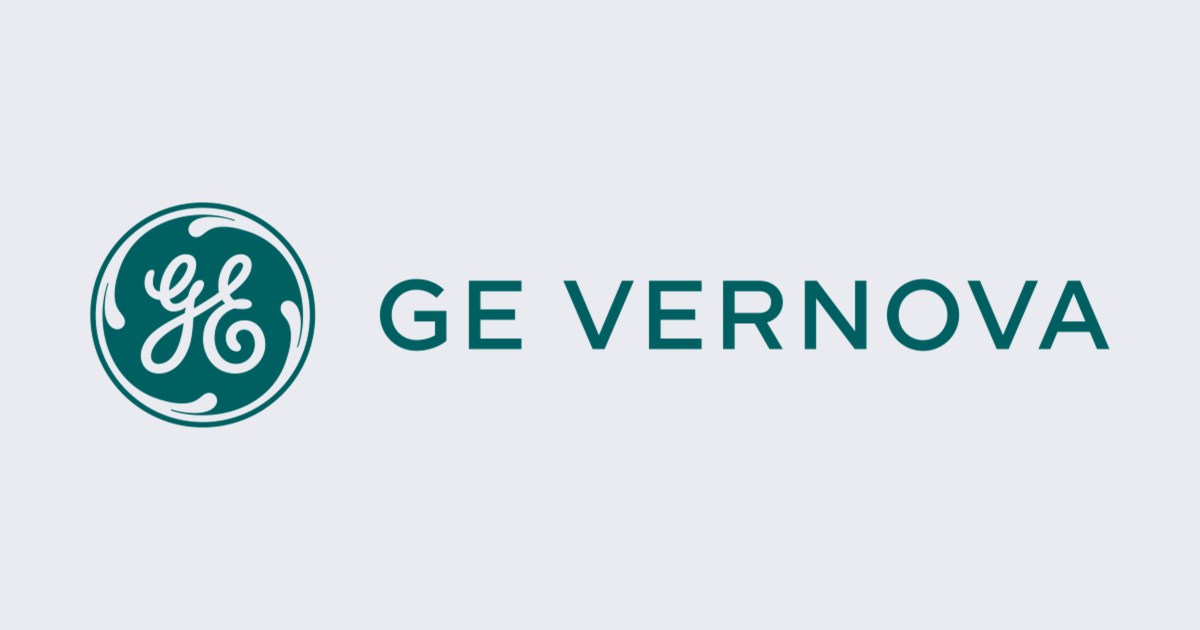Medtronic is one of the largest medical device companies in the world, currently serving more than 70 million customers across 150 nations. With more than 350 worldwide offices, Medtronic employs over 90,000 personnel, including thousands of scientists, engineers, and clinicians. As of 2024, Medtronic’s operational headquarters remains in Minneapolis, Minnesota (USA), which is their founding location.
From a treasury perspective, Medtronic’s main corporate team operates out of the Minneapolis office and handles US Cash Management, Cash Flow Forecasting, FX Risk Management, and Capital Structure. In addition, there is a treasury group based in Heerlen, Netherlands, that is responsible for international functions across the LATAM, EMEA, and APAC regions.
On the Accounts Payable (AP) side, Medtronic’s operations are managed through several shared service centers in Colombia, the Czech Republic, and Shanghai. However, HQ treasury maintains a fair degree of visibility over global bank connectivity strategies and helps AP orchestrate the associated payments and reporting workflows. As a component of these workflows and as part of their broader banking operations, Medtronic actively manages more than 100 institutional relationships, nearly 1,000 individual bank accounts, and thousands upon thousands of unique vendor and supplier contracts.
Medtronic’s Treasury & AP Payments Dilemma
For Todd Olson, Senior Treasury Manager at Medtronic, finding a solution to streamline global treasury and AP payment operations had been on the agenda for some time.
Todd, a Medtronic employee of 10+ years who has held multiple treasury roles internally, had become aware of significant complications with the AP payment process early on in his tenure. Largely, these issues were the result of legacy and systematically unreliable payment channels that were resulting in failed transactions, to the extent that it was impacting relationships with vendors. Medtronic’s local finance partners had also communicated to Todd’s team that a severe lack of visibility into the payment process and underlying status of payments was causing undue strain
on their end. To make matters worse, Medtronic was experiencing significant delays with onboarding new entities to their SAP® payments workflow, due to a lack of bandwidth on the IT side for support. All of this was collectively resulting in a payment process with little standardization or control, heavily decentralized workflows, and a plethora of manual, error-prone, and potentially unsecure transaction channels.
As the above issues continued to manifest over time, the clear need for change was further exemplified during a major acquisition completed by Medtronic in 2015. With their multi-billion-dollar purchase of Covidien, another global medtech behemoth, Medtronic inherited a myriad of new back-office financial systems and banking relationships. They also inherited dozens of entities that each maintained their own unique set of vendor relationships and payment processes. And given that Medtronic was already operating with a complicated payments architecture and decentralized AP payment workflow, the aftermath of the Covidien merger (and several other high-profile M&A projects) demonstrated to Todd that simplifying and unifying their global payment strategy needed to become a top priority.
To learn more about Medtronic’s global payments and treasury project, download the full success story!



